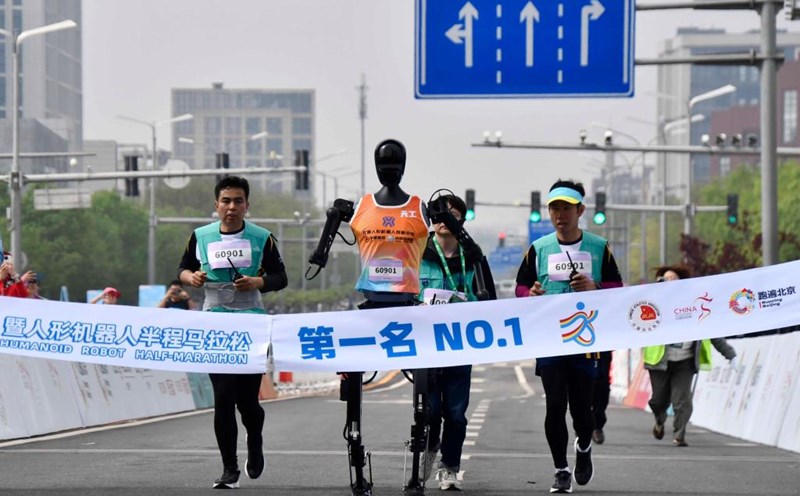Shaped robots will not replace humans in the workforce and will not cause a mass wave of unemployment - that is the affirmation of Mr. Liang Liang, Deputy Director of the Beijing Economic - Technology Development Zone, one of China's largest technology centers.
The announcement came as the robotics sector rapidly expanded with strong state support, according to Reuters.
In an interview with foreign media on May 16, Mr. Liang emphasized that robots will not lose human jobs but will contribute to increasing productivity and taking on dangerous or unsuitable tasks for humans, such as space exploration or the ocean floor.
"When night falls and people need to rest, machines can still work. This will help create better, cheaper and more user-friendly products, he said. He also affirmed that China sees this as a future development direction, where machinery supports rather than humans.
To illustrate this view, Mr. Liang mentioned the world's first half-marathon of robots held in Beijing last month. The event is designed to highlight the fact that robots and humans can coexist without direct competition. The contest has two separate lanes: one for humans competing with each other and one for 20 teams controlling robots with different sizes and abilities.
People have their own track to overcome physical limits, while machines have their own track to test their own abilities. But they do not try to take over the human race to reach the finish line. The future will be the same, said Mr. Liang.
He shared this view at the headquarters of X-Humanoid, also known as the Beijing Robot Forms Innovation Center, which is supported by the state. The center's Tiangong Ultra robot won the above half-marathon competition. In addition to the sporty Ultra model that can reach a maximum speed of 12 km/h, the center also introduced many other models that can complete daily tasks in changing environments.
During a performance, an employee constantly changes the location of a piece of garbage or snatches it from the robot's hand. However, the robot persistently re-located the object and completed the mission. The center believes that this self-adjustment capability will be a key factor in helping to turn human-shaped robots into an effective workforce in the future.










